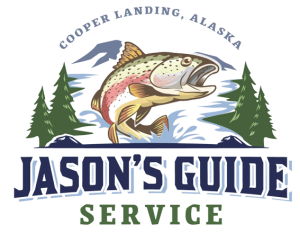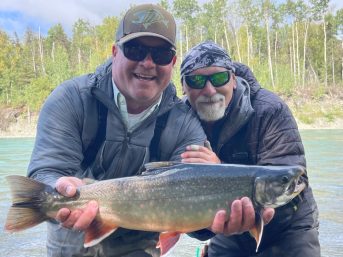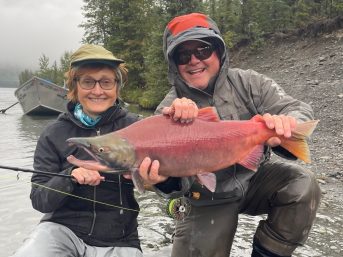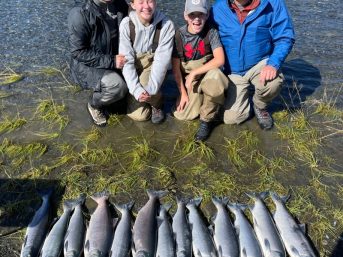There’s nothing more beautiful than a well-composed photo of a big fish held properly with it’s skin glistening as it reflects the sunlight. Sadly those images are rare, because anglers don’t know the simple rules about holding a fish for a photo that will make it the ultimate image and get it back into the water for a successful release.
Sure, the best way to learn how to properly handle a fish for a photo – and then releasing it unharmed – is to catch lots of fish and get experience handling them. But for some that just isn’t going to happen. With that in mind let’s look at a few of my simple suggestions to make the best possible fish picture.
As a Kenai River fishing guide who targets rainbow trout, Dolly Varden char, sockeye salmon, and silver salmon I have 30 years experience guiding fishermen in Alaska and the Kenai River. Thirty years ago I didn’t have that experience handling fish like I do now, but I had a good mentor my whole life who taught me the ways of properly handling a fish you want to release and the importance of releasing fish so you have fish to catch in the future. That would have been my Dad. I can’t go into detail in one blog on every fish handling technique, but I can give you a few that will help considerably lower the mortality rate of the fish you catch and release and create a good image.
If you take a fish out of the water for a photo or have them in a rubber net out of the water, hold your breath AND when you need breath, so does the fish.
I see anglers on the river, and in the magazines, who pick fish up by their tails and hold them vertically until they put a hand under the fishes belly for support. This isn’t good for the fish. You should have a hand under the fishes belly for support before you lift them out of the water or net and then their vertebrae won’t pop.
I also see people get a fish in the net and then leave it hovering above the water for minutes before they take photos. Keep the fish in the water, gills submerged, facing up stream until you are ready of that quick picture.
Fish breath by taking water into their mouth and through their gills, not by having water come from the back of their gills, so when you try and rejuvenate a fish don’t pull the fish back and forth in the water. Face the fish up stream and let the water flow through their mouth. You can push the fish forward but never backwards, pulling the fish backwards actually suffocates the fish.
Once a fish has had a hard battle the amino acids in their muscles builds and fish need some extra time in the net or in the shallows before they should be let go. A fish will often try and give you one big thrust of the tail only to go right to the bottom of the river, only to die. When I let a fish go after a big battle I put them in my big rubber net and make sure that they are able to maintain buoyancy and good swimming motion before I let them go free.
I always recommend a rubber net for any species you release, and that includes all the salmon species. The slime on a fish is its immune system and a rubber net will help keep that layer of slime intact.
These are just a few things you need to know and can do so you can help do your part in conserving a species and keep your home waters full of fish for now and into the future. As far as getting the perfectly composed image. Look at angler/fish pictures done by the pros and see which you like the best. Emulate that style and you will get some great shots.




